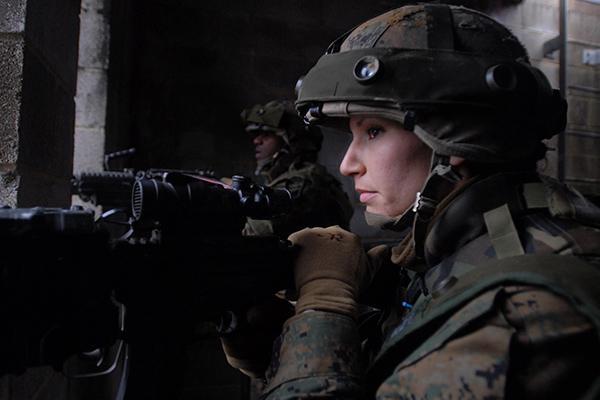WASHINGTON, Aug. 21 (UPI) — A new study by the Department of Veterans Affairs found there is no difference in the chances of developing post-traumatic stress disorder, or PTSD, between males and females who have similar experiences, combat included.
As a result of carefully looking at veterans’ medical histories and life experiences, researchers said the number of PTSD cases among veterans caused specifically by service in Iraq and Afghanistan may be lower than thought.
“This is the first study to prospectively investigate the development of PTSD in male and female service members who were matched on multiple important characteristics that could explain some of the differences in PTSD, including military sexual trauma,” said Dr. Shira Maguen, an associate professor at the University of California San Francisco, in a press release. “We found no gender differences in the development of PTSD. Consequently, our focus should be on the types of traumatic experiences that people have been exposed to, rather than any inherent gender differences in the development of PTSD.”
Researchers looked at records for more than 2,300 pairs of men and women collected between 2001 and 2008 as part of the Millennium Cohort Study. Each of the veterans had been deployed to Iraq or Afghanistan at least once and did not have PTSD at the beginning of the cohort study.
When selecting participants for the study, researchers made sure to match life circumstances of men and women, because PTSD can come as a result of the sum total of stress in life, not simply one single or group of traumatic events.
The researchers considered time spent in combat, because woman see far less of it, as well as age, race, marital status, service branch, and pay grade, as well as alcohol use, depression and anxiety. The researchers also tried to balance for sexual assault, which women in the armed forces experience far more often than men.
The data showed that 6.7 percent of women and 6.1 percent of men developed PTSD, which the researchers said is a statistically insignificant difference. It also is far below the 11 to 20 percent of Iraq and Afghanistan veterans who are reported to have PTSD, they said.
“Generally, when studies look at PTSD rates among returning Veterans, they look at everyone, regardless of whether they had PTSD in the past from pre-military traumas or prior deployments. Here we were only looking at new cases” Maguen said.







